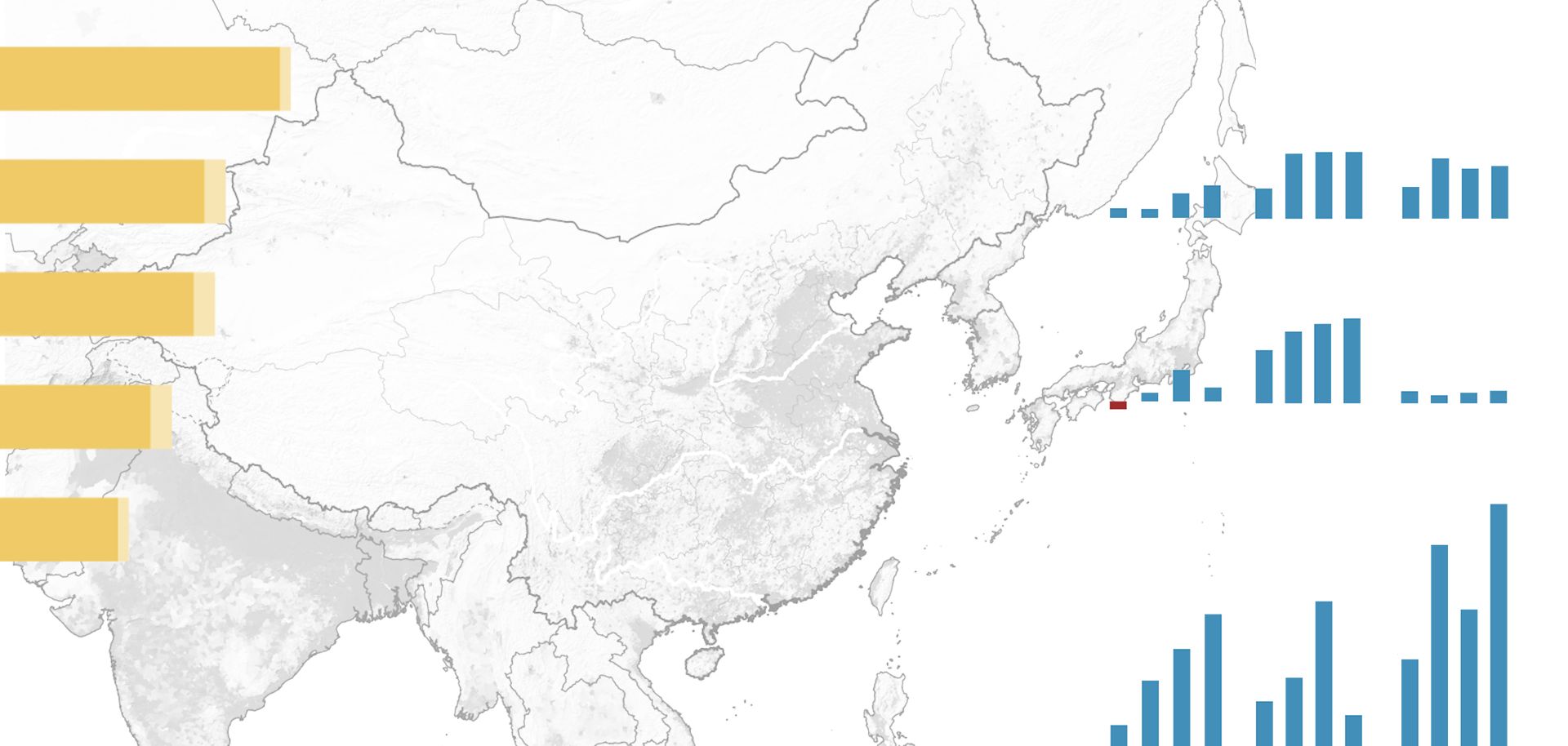
In the early hours of Nov. 26 on the Afghan-Pakistani border, what was almost certainly a flight of U.S. Army AH-64 Apache attack helicopters and an AC-130 gunship killed some two dozen Pakistani servicemen at two border outposts inside Pakistan. Details remain scarce, conflicting and disputed, but the incident was known to have taken place near the border of the Afghan provinces of Kunar and Nangarhar and the Mohmand agency of Pakistan's Federally Administered Tribal Areas (FATA). The "border" between Afghanistan and Pakistan in this area is part of the Durand Line agreed upon between the Afghan monarch and the colonial authority of British India in 1893. British priorities had little to do with the day-to-day realities of a fixed linear boundary, and to this day the specific border exists primarily on paper. Not only is the border poorly marked, it also divides extraordinarily rugged terrain and essentially bisects the Pashtun population. The border is characterized by a string of outposts — often little more than prepared fighting positions and some crude shelters that are difficult to distinguish between military, government or civilian structures — manned by the paramilitary Frontier Corps on the Pakistani side. These positions presumably are selected for their tactical value in monitoring and dominating the border, and the troops occupying those positions invariably know the general location of the border before them. Similarly, U.S. special operations teams are well trained and practiced in land navigation at night, regularly conduct operations in the area and are there to patrol that very border. Both sides know full well their general positions relative to the border. The Pakistani border outposts are manned and U.S.-Afghan teams conduct patrols because the border is a highway for insurgents, other militants and supplies. This means that there are plenty of armed formations moving around at night, and from the perspective of both a Pakistani outpost and a U.S. patrol, none of them is friendly.



